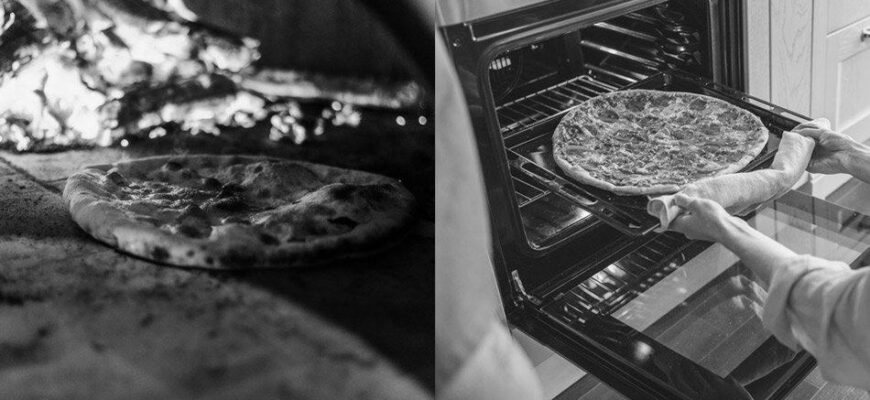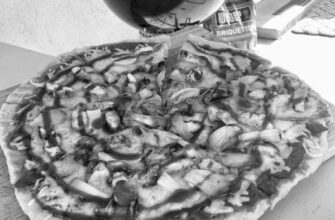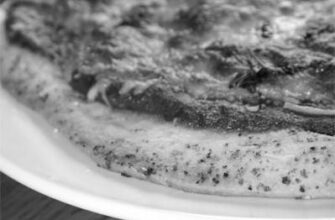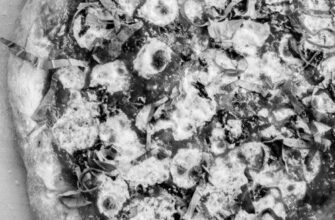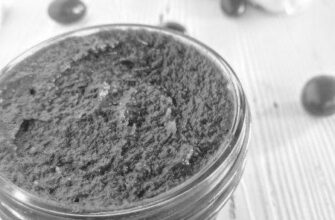Whether the dough is the main component of a great pizza or the oven plays a role, the combination of these two factors makes for a delicious dish. Learn about the hydration of the dough and how to balance the ratio of tomato sauce to cheese to create a mouth-watering pizza. Choose the right cooking surface for the pizza and explore the colors of the toppings.
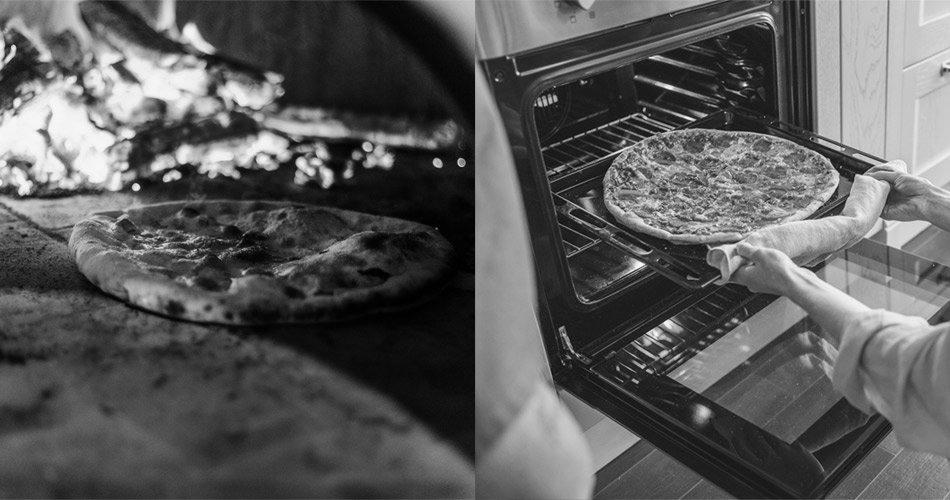
hydration
One of the most important factors in creating a great pizza dough is its hydration. At sea level, dough is at 80% hydration. At higher altitudes, dough will be dry and require more water to hydrate. It will also expand more in the oven, resulting in a crispy crust and softer middle. The ideal hydration level for pizza dough is between 60% and 70%. The proper level will prevent the dough from drying out and preserve the gluten network.
Among the factors that influence the hydration of your dough are the type of flour you use and its absorption capacity. While different flours have different water absorption capacity, you should know what type of flour you use and what the amount of water you need to add to it. This will make the dough more elastic and less sticky. In addition, higher hydration will make the dough harder to open and form, so make sure you understand the difference between water absorption and hydration.
Higher hydration doughs will give your pizza the greatest springiness and elasticity. A high-water percentage will make the dough more sticky and take longer to ferment. In contrast, a high-water dough will rise faster and have a crisper crust. You can use a stand mixer to create a dough with either high or low hydration, depending on your preferences. However, you must remember that if you are using bottled water, you should test it for hardness, purity, and acidity before using it in your pizza dough recipe.
The right amount of flour for your pizza dough is critical in forming a crispy, flaky crust. High hydration dough will cause the dough to rise more quickly, which is undesirable. While lower hydration doughs are not as easy to work with, they are likely to be less sticky and more tender. Adding too much flour can also kill the fermentation process. If you choose a high hydration dough, you should use a scraper to remove the dough from the peel.
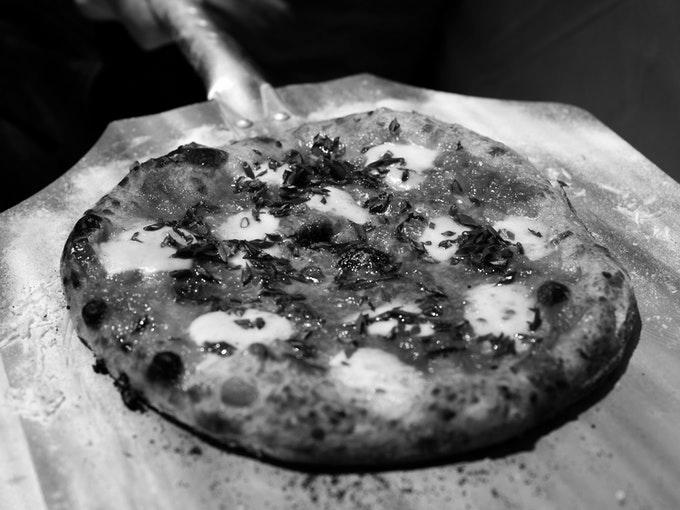
right ratio of cheese and tomato sauce
A good pizza recipe calls for the right ratio of cheese to tomato sauce. The ingredients are meant to work well together. Give them loving care and the end result will be a delicious pizza. You can achieve this by following a few simple steps. Listed below are some of the most important tips:
First, the sauce needs to be a good consistency. It should coat the back of a wooden spoon but remain thin enough to spread on the pizza. The sauce will thicken slightly in the oven, but it should still be able to spread easily. Otherwise, it will turn into a paste. Using too much sauce will make the pizza dough stick. Instead, add just enough cheese and sauce to create a delicious pizza.
Next, make the sauce. It should contain enough tomatoes to cover the dough. You should also use yeast. The yeast helps the dough rise. It uses water to activate. Add a bit of salt to the dough. Adding salt inhibits the growth of the yeast, which results in a stiffer dough. Salt can be replaced with olive oil. In addition to yeast, olive oil should be added to the dough.
When making your pizza, you should consider placing the cheese and tomato sauce on top of each other. If the cheese is buried under the toppings, it may become soggy. Alternatively, it can be planted on top of the cheese. This will help the toppings cook and crisp in the oven. Regardless of which method you choose, it is vital to start with a good pizza dough recipe. If you don’t have any recipes yet, take advantage of the free video courses by the baking experts.
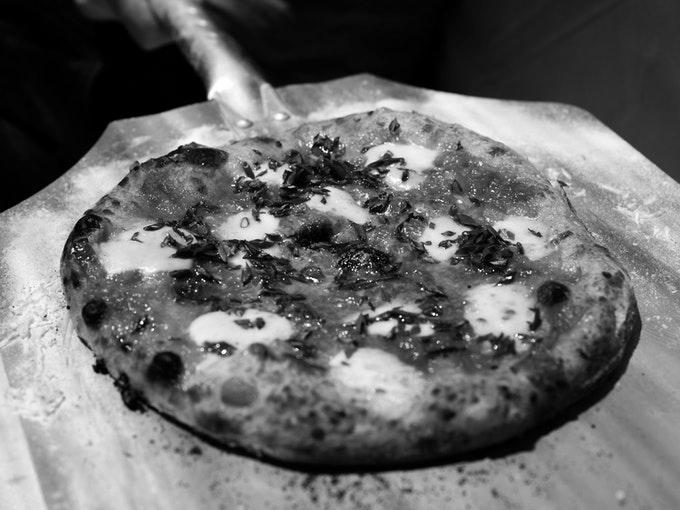
right cooking surface
If you’re serious about making a great pizza, then you’ll need to get the right cooking surface. You can use a pizza stone, a pizza pan, or even four to six unglazed quarry tiles, measuring 6 inches by 6 inches. These can be bought at a building supply store, and should be warmed up in an oven until very hot, before being used. Here are some other tips to consider.
vibrant colors
Multicolored foods are all the rage right now in New York. Cake pops, milkshakes, bagels, and even pizza are now available in Technicolor, making them perfect for your Instagram feed. Now, pizza dough has achieved the same status. Bartocci is one New York bakery that has colored dough. Choose from vibrant orange, red, or green to create a beautiful, colorful pizza. Here are some ways to use colored dough for your next pizza:
For the best tasting pizza, use ingredients with vibrant colors. Ideally, the tomatoes should be fresh and vibrant. Old tomatoes lose their color and flavor because of the acidity and saltiness they contain. In addition, fresh tomatoes are best, since they retain their acidity and saltiness. Speck or pancetta, a type of sausage or potato-based cured meat, is another great choice for pizza toppings.
quality of ingredients
A good pizza begins with high-quality ingredients. Most pizza restaurants use digital scales to measure the ingredients. This ensures consistency and quality. Using higher-quality ingredients will add to the flavor of the pizza, but may cost more. Ask the restaurant about the ingredients that go into the sauce and crust. Then, choose a pizza based on its ingredients, rather than the size of the slice. Also, check for hidden MSG.
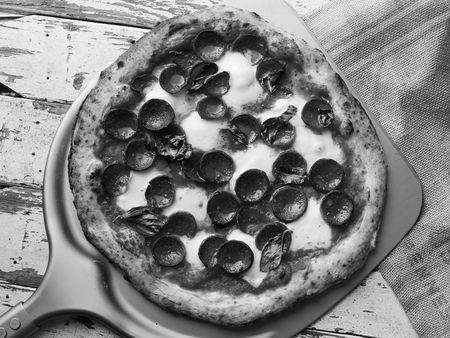
The characteristic flavor of a good pizza crust comes from the ingredients used to make it. Baking powder, Yeast, Salt, and Mozzarella cheese are among them. But what else is added to create this unique flavor? This article will help you find out. The next time you bake a pizza crust, make sure to include these ingredients! They will help your dough have the right flavor and texture.
Baking powder
If you are looking for an easy recipe for a quick and delicious homemade pizza crust, then look no further. One of the most important ingredients in pizza dough is baking powder. It gives it that distinctly flavorful crust. To create a delicious pizza crust, you must begin with a good dough. If the dough is too dry, it will crumble and not hold toppings properly. This can be avoided by moisturizing the dough with water or 1 tablespoon Greek yogurt.
The volume of a pizza dough depends on the amount of yeast and the length of resting time. Then, the dough is kneaded to develop gluten. To extend the development of the gluten in your dough, you can use an additive. This method works with both homemade and store-bought dough. You can use it to make a savory or sweet pizza crust. Try out different flavors and see which one you prefer best.
The flavor of a pizza crust is usually derived from the yeast used in making the dough. It is also possible to make a dough without yeast. This type of dough is also often flavored with other ingredients such as classic Italian seasonings or parmesan cheese. This method is more difficult to master, but you’ll eventually achieve a tasty pizza crust. It’s worth the effort to experiment with a variety of flavors, as it will help you develop your own unique flavor.
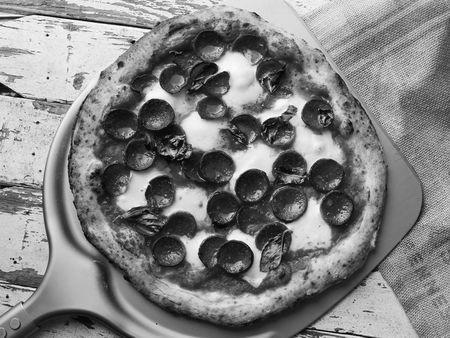
Yeast
Yeast is a naturally occurring substance in flour that contributes to the distinct flavor of a pizza crust. Its flavor is derived from the unique combination of flour and water, and it is a primary ingredient of bread. Although yeast and flour are not necessarily incompatible, they do need to be mixed in equal quantities. Water is essential for the fermentation process, and yeast needs it to become active. Ideally, water is slightly acidic or slightly alkaline, although tap water is usually alkaline. Olive oil is a preferred lubricant for bread dough, as it has a distinctive flavor and is healthier than other kinds of oils.
Yeast adds a distinct pizza crust flavor by transforming the gluten structure and undergoing chemical reactions. When yeast feeds on sugars and starches, it produces gases and various flavors that are left behind in the dough. Each batch of pizza dough will have its own unique taste based on the chemistry and pH levels of the flour. However, there is no one-size-fits-all formula for making the perfect pizza crust, so experimentation is necessary.
Salt
Olive oil is one of the best oils for making pizza dough, as it adds flavor and keeps the dough from sticking to the pan. Using olive oil prevents over-hydration, which can increase cooking time and make the pizza unappetizing. Some pizza recipes contain higher levels of moisture, which makes the dough stickier and more difficult to handle. To avoid this, dust surfaces with flour or spray them with a cooking oil spray before working with the dough. The amount of oil you use will depend on the type of flour and the hydration of the dough.
Some pizzas also contain yeast, a small eukaryotic organism that feeds on the sugars in the flour. Once activated with warm water, yeast converts these sugars into alcohol and carbon dioxide, which makes the dough rise and imparts a distinctive flavor. Different brands of yeast contain different amounts of yeast. In general, however, the highest levels of yeast are used in the pizza crust.
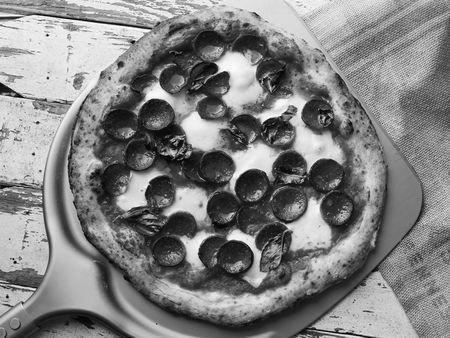
Generally, fresh vegetables are preferred, but this decision is not always feasible, as they add unnecessary expense to the manufacturing process. Freeze-dried vegetables have an advantage in that they are easier to store, retain their flavor and texture, and are ideally smaller. In addition, freeze-dried vegetables can be custom-made according to the size of vegetables and the desired flavor profile. The vegetables are often smaller than they are on a regular pizza, allowing product designers to use more creativity.
Mozzarella cheese
What gives the distinctive pizza crust flavor? The answer depends on the ingredients. The common ingredients are yeast and sugar. Yeast is a single-cell organism that feeds on the starches and sugars in flour. The dough rises when yeast starts to work by producing gas bubbles. The resulting dough contains carbon dioxide and ethanol, two chemicals that give the pizza crust its unique flavor. You may be wondering how yeast makes dough rise so quickly and so deliciously.
The best pizza crust has a chewy texture and a thin layer of tomato sauce. Adding mozzarella cheese to the crust gives it a chewy texture. To achieve the requisite crunchy texture, mozzarella cheese must be at room temperature. To preserve mozzarella cheese’s flavor, keep the cheese at room temperature before using. Another ingredient that gives pizza its flavor is olive oil. While this is not as important as cheese, mozzarella is a good choice for pizza.
Yeast also helps the dough rise by increasing the elasticity and giving it its characteristic flavor. It is a key ingredient that many home cooks fail to incorporate, because it requires more time to make a pizza dough than other types. A typical pizza dough should be about 2.5 to 3% salt in baker’s percentages. Remember that you are not making a fast food, so take your time, and don’t rush things.
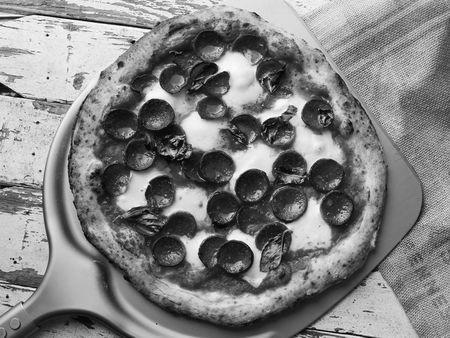
Liquid milk
The distinct pizza crust flavor comes from the use of milk. In addition to ensuring a crisp, flaky crust, milk is an essential part of the dough recipe. When used in the dough recipe, 5% dry whole milk can make a huge difference. This ingredient contains calcium ions, which affect wheat gluten-forming proteins. In addition, using 8% to 10% dry whole milk solids can increase the flavor of the crust and provide additional browning.
A typical pizza dough contains three ingredients: salt, dry milk, and sugar. The salt contributes a slightly salty flavor and provides contrast to the flavor of the pizza sauce. The sugar facilitates the activity of yeast and makes the crust appear browner. If you’re using dry milk, it will be more watery than the liquid milk and flour mixtures. If you use liquid milk, you may use the whole milk and the liquid milk instead of the water.
While water is an important ingredient, liquid milk is not required in making dough. Its calcium content acts as a buffer against acid development in dough. Some foods are contaminated with fluid whole milk and can pose food safety concerns. If you’re not sure how much salt you need, experiment and use other ingredients. For example, try using spices instead of salt. Also, experiment with the basic principles of bread-making. Different types of flour react differently with each other, and they need to sit in the pots for different amounts of time.
Egg white
A single egg is not necessary for making a tasty, crispy pizza crust. Instead, you can mix two egg yolks and use one for the toppings. For a crispier crust, bake the egg on a pizza stone by itself for about five minutes before adding toppings. To make the egg crust taste even better, add some salt to the eggs. If desired, add fresh greens to the crust.
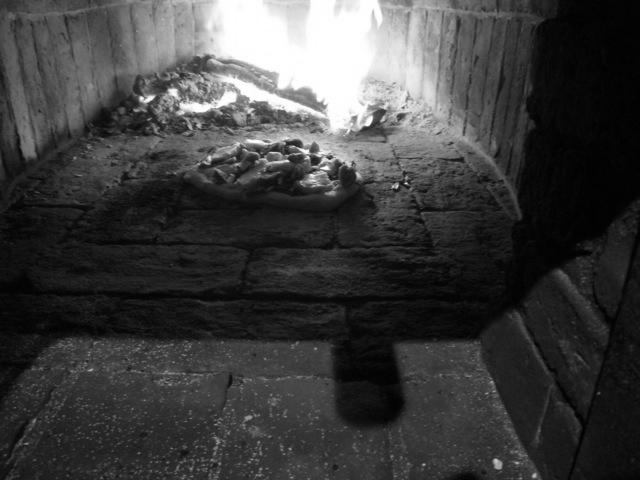
In addition to egg yolk and egg white, other ingredients are often used in the creation of a pizza crust. These include yeast, flour, sugar, and salt. Eggs soften the dough and make it crispier. However, the addition of milk slows the growth of yeast and breaks down flour’s protein. Both these ingredients may have undesirable effects on the taste of the final pizza. Nevertheless, the added benefits of egg whites make it a favorite among pizza makers.
Traditionally, most people put cheese on their pizzas, but some people prefer to add other toppings as well. Despite their preferences, the taste of pizza depends on the toppings that are used. For example, some pizza lovers only put cheese on their crust, while others like a chewy crust with no toppings. To avoid this, you can use bread flour or extra virgin olive oil instead of oil. In addition, the extra virgin olive oil adds a wonderful flavor to the dough.
Egg yolk
You may wonder why the yolk is so important. Essentially, the egg gives the pizza crust its characteristic flavor. In a non-stick pan, crack the eggs and cook them over medium-high heat until the egg whites are set. Then, carefully pour them into the hot pan. Allow to cook for 2 1/2 to 3 minutes without flipping. The yolk should be cooked by the time the pizza comes out of the oven.
The taste of pizza dough depends on the kind of egg used. Some recipes include whole egg, while others use egg whites for a crispier crust. The choice is up to you, as both add unique flavors to the crust. Nevertheless, you should know that adding eggs to pizza dough comes with its drawbacks. The dough is usually less tender than one without them, so you should experiment and add a few if you want a more flaky crust.
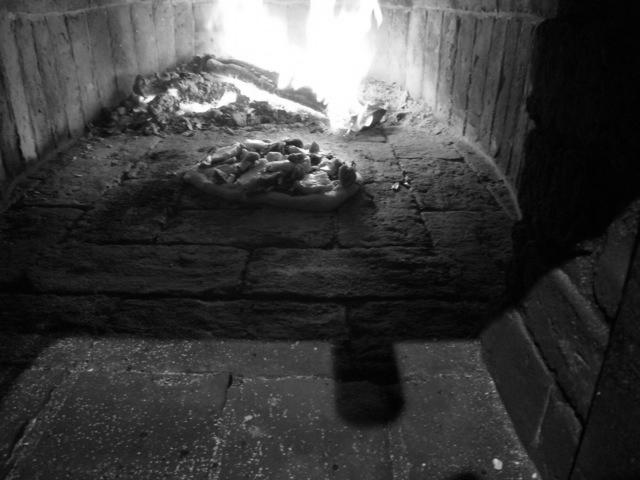
The pizza dough is usually brushed with a thin layer of egg yolk. While the traditional recipe uses whole egg, a healthier version uses beaten egg whites. To make the egg wash more subtle, you can use diluted whole eggs or oil. Then, add seasonings to your egg wash. The egg wash is then ready for use. In the meantime, you can make delicious pizza by brushing a thin layer of egg white on the crust.
